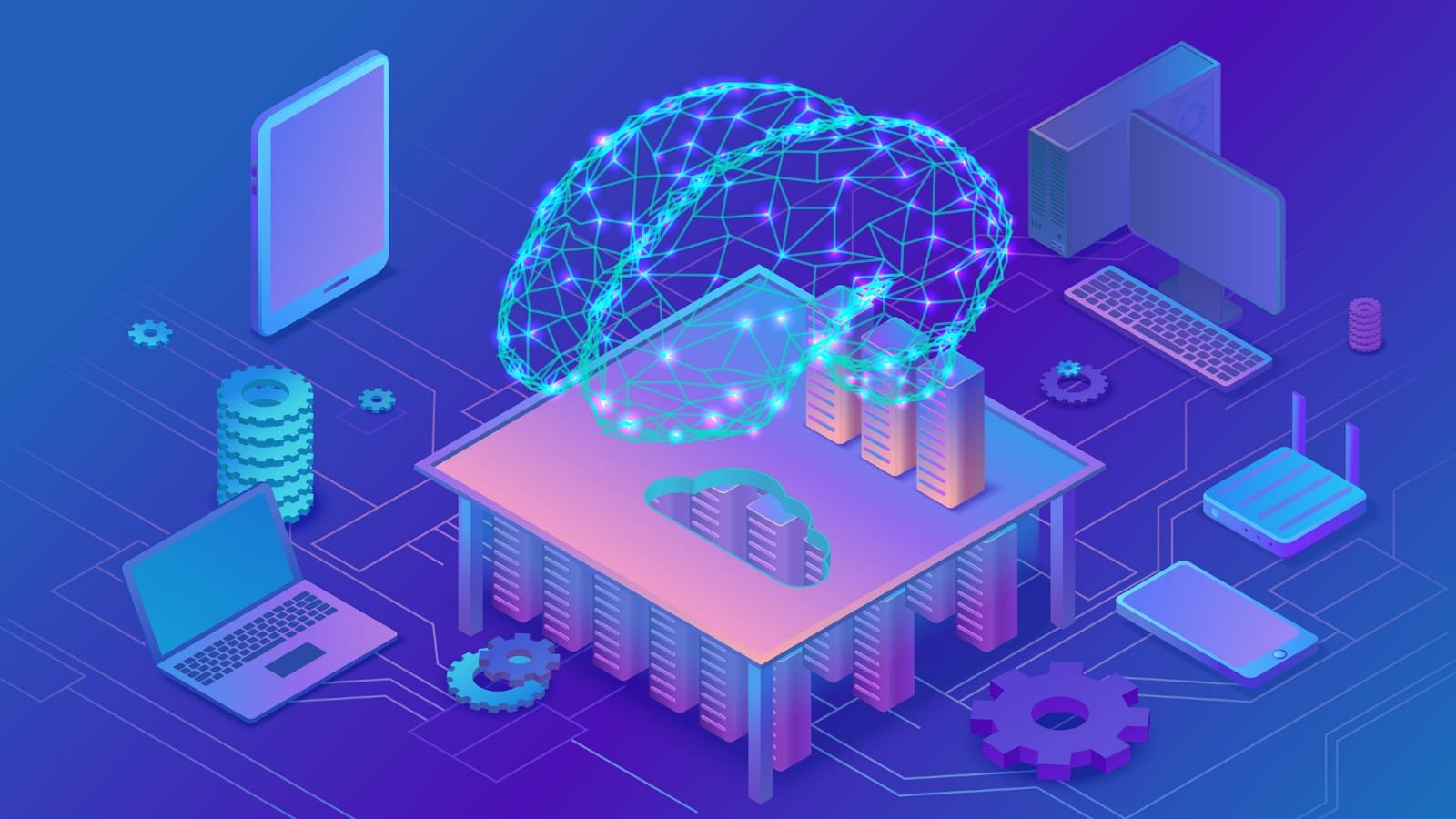
The Role of AI Detection in Modern Digital Content
In today’s digital age, AI detection technology has become integral in maintaining the authenticity of online content. As AI-generated texts become increasingly sophisticated, the need for advanced detection methods becomes more critical. This demand has led to the rise of tools such as the AI detector, which helps identify content created by AI, thereby ensuring that consumers can trust the materials they encounter online.
Content integrity is fundamental to digital trust. Users seek genuine information, and AI detection tools enable this by flagging potentially manipulated content. The rise of AI-generated content necessitates a robust mechanism to discern authentic from artificial. It helps preserve the reliability of informational sources and prevent the spread of misinformation.
How AI Detectors Work
AI detectors utilize complex algorithms that analyze text patterns, syntax, and semantics to differentiate between human-generated and AI-generated content. These algorithms look for specific markers and inconsistencies that might be invisible to the human eye but indicate automated production. The ultimate aim is to ensure that customers and content providers can trust the authenticity of online information.
For instance, AI detectors might assess the text’s fluency, vocabulary variety, and the document’s overall coherence. By examining these factors, the detectors can make informed decisions about the potential origin of the content. This sophisticated analysis ensures high accuracy, making AI detectors reliable in modern content validation.
Applications of AI Detection
AI detection technology isn’t just for catching AI-generated content. It’s also invaluable in various fields, from identifying deepfakes to combating misinformation and ensuring academic integrity. For instance, educational institutions leverage these tools to verify the originality of student submissions, ensuring that standards of academic authenticity are upheld.
Identifying Deepfakes
Deepfakes are manipulated media that can be challenging to detect with the naked eye. AI detection tools are essential in scrutinizing these files to ensure their authenticity. Industries such as media, entertainment, and even law enforcement use these technologies to verify the legitimacy of recordings and images. The tools analyze video and audio content for inconsistencies that may indicate tampering, thereby preserving the integrity of visual and auditory media.
Combating Misinformation
AI detection is essential for confirming the integrity of material given online when false information may spread quickly. By distinguishing authentic content from AI-generated or manipulated data, these tools help preserve the integrity of information ecosystems. They ensure that the public receives accurate information and that spreading false news is minimized.
Ensuring Academic Integrity
Academic institutions face a growing challenge with students using AI to generate essays and research papers. AI detectors help educators ensure students’ work is original and maintain the educational standards for academic success. Educators can quickly identify non-original work using AI detection tools and encourage students to produce unique assignments.
Challenges in AI Detection
Despite its advantages, AI detection faces several challenges. As AI models evolve, their outputs become more complicated to distinguish from human writing. Additionally, the fairness and transparency of these detection systems are crucial to maintaining trust, as highlighted by recent discussions in the tech industry.
AI Evolution
Every iteration of AI technology produces more human-like content. Because of this continuous evolution, AI detection systems are forced to adapt to new patterns and techniques, making it a never-ending game of cat and mouse. The more sophisticated AI becomes in mimicking human behavior and language, the more challenging it is for detection algorithms to keep up.
Ethics and Fairness
Ensuring that AI detection systems are fair and transparent is crucial. They must avoid biases that could unfairly target specific content creators or demographics. Continuous oversight and ethical considerations are necessary to maintain the credibility of AI detection technologies. Ethical AI practices ensure that these tools do not inadvertently reinforce biases or promote inequity in content evaluation.
Popular AI Detection Tools
Numerous tools are available to help detect AI-generated content, each with unique features and capabilities. Tools like GPT-3 detectors and specialized software provide users with reliable ways to identify potentially automated texts. These tools often offer various detection levels, from fundamental keyword analysis to more detailed syntactic and semantic scrutiny, catering to different user needs.
Many of these tools have user-friendly interfaces and provide comprehensive reports to help users understand their findings. They also often integrate with other platforms, making implementing AI detection in various workflows easier. This versatility and adaptability make AI detection tools invaluable in today’s digital landscape.
The Future of AI Detection
As AI technology progresses, so will the methods for detecting sophisticated AI-generated content. The development of AI detection tools aims to stay ahead of evolving AI capabilities, ensuring content remains trustworthy. Future advancements in AI detection will likely see even more accurate and user-friendly tools, possibly integrating with other technologies for enhanced capabilities.
Advancements in Detection Algorithms
Significant advancements in the algorithms used to detect AI-generated content are likely in the future. These advancements will make detection more accurate and less intrusive, enabling seamless integration into existing content verification processes. Innovation in this area will enhance the ability of detection tools to analyze and validate content quickly and effectively.
Integration with Other Technologies
Future AI detection systems will likely integrate more closely with other technologies, such as blockchain, for improved verification or advanced analytics to predict and counter new AI-generated content techniques. This integration will provide a multi-faceted approach to detection, combining different technologies to create a more robust verification system.
Importance of Ongoing Research
Continual research is essential to improve AI detection technology. It involves refining existing models and developing new approaches to address emerging challenges in AI-generated content identification. Research efforts will focus on enhancing the accuracy and efficiency of detection tools, ensuring they remain effective in a rapidly changing AI landscape.
AI detection technology is vital in preserving digital content’s integrity. By understanding its role, applications, and challenges, stakeholders can make informed decisions about implementing and advancing these essential tools. AI detection will continue to ensure online material’s legitimacy and dependability as the digital world develops.


